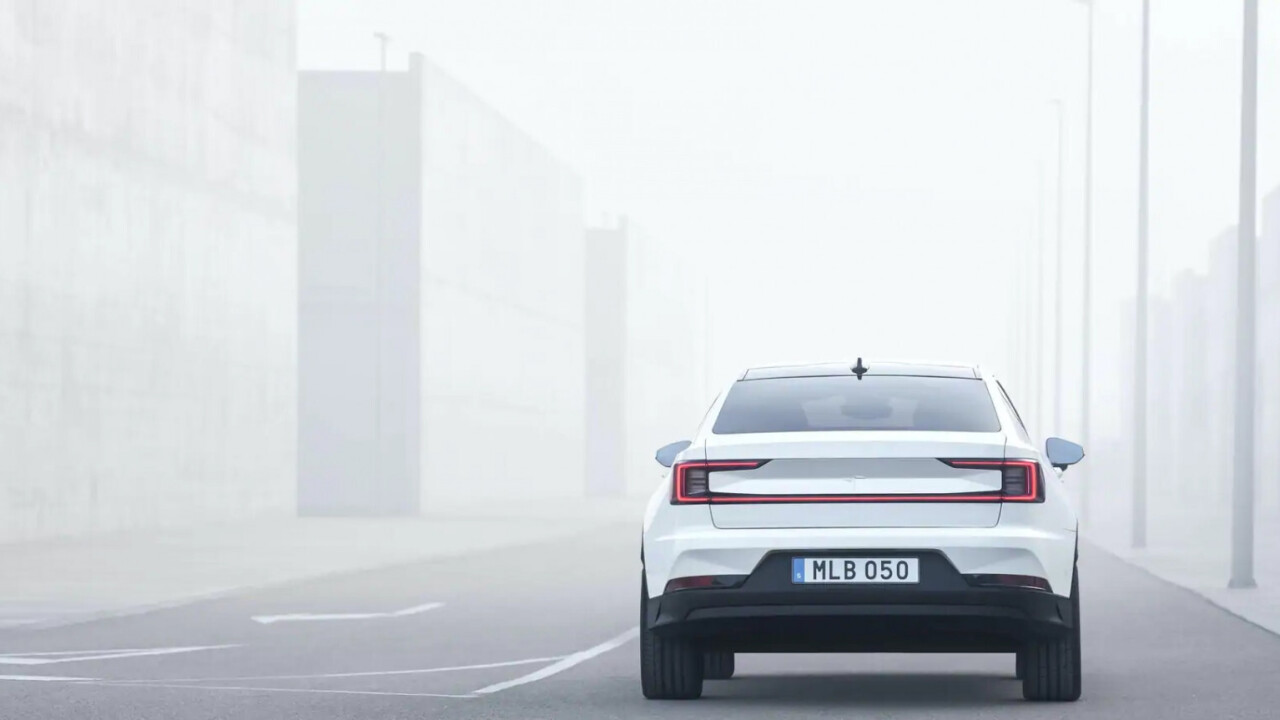
At the start of 2021, Norway broke records when it announced that electric vehicles officially made up over half of its automotive market share. Now that legacy car companies, like Volvo, are putting out more and better EVs, the market demand has never been higher.
Some of the new EVs on the market, like the Polestar 2, make the sputtering, petrol-powered cars of today look like a relic of the past. As such, you might be thinking about making the switch yourself. Currently, a good portion of the EVs on the market are branded as “luxury vehicles”, and indeed there is a luxury to having a smooth, silent ride. But this, and the appended price tag, tend to give potential EV buyers pause.
In the long run, EVs are not as expensive as you might think. Charging a battery is far cheaper than filling a tank and maintenance costs on petrol-fueled cars far surpass their electric counterparts. And as more countries double down on sustainability and carbon emissions pledges, you can expect more government subsidies that will take the initial edge off buying an EV.
So, how much does it really cost to buy, own, and run an electric car? Let’s break it down using the Polestar 2 as a case study.
How much does it cost to “fill up”?
The cost of charging an EV differs depending on where you live. Based on the global average electricity cost, charging a Polestar 2 could be about $11. In Europe specifically, where the average cost of household electricity is around €0.21 per kWh, you’re looking at something in the range of €16 to €24 to fully charge your battery, according to Polestar’s charging calculator. That’s about a third of the cost for the average European driver to fill up a small petrol-fueled car once a week, which is about how long a charge will last you anyway!
What is the Polestar 2’s cost-per-mile?
Calculating the cost per mile of an EV will depend on the cost of electricity as well as the efficiency of the vehicle. The Polestar 2 earns a rating of 37 kWh per 100 miles. If we use the European average cost of household electricity, the Polestar 2 has a cost-per-mile of about €0.08. For comparison, one of Europe’s most popular cars, the Renault Clio, is a petrol-hybrid vehicle, and it costs on average €0.61 per mile.
How does the Polestar 2’s running costs compare to a typical ICE vehicle?
Sometimes, car buyers are dissuaded by the higher initial upfront costs of EVs when compared to ICE vehicles. But in the car’s lifetime, electric will end up being cheaper due to a range of factors. Refueling and maintenance costs for EVs are much more affordable than ICE vehicles, and governments around the world are offering subsidies and tax incentives to encourage more people to buy electric, which definitely helps bring the cost down.
According to a 2020 study from UK insurance company Direct Line, the annual running costs average £1,742, or £33.50 per week for an electric car, which is 21% cheaper than the running costs of an ICE car, which is £2,205 per year, or £42.40 per week.
For the sake of comparison, let’s look at how the running costs of the Polestar 2, which won Germany’s Luxury Car of the Year in 2020, stack up against a typical ICE Vehicle and a typical luxury ICE vehicle.
In terms of pricing, the Polestar 2 starts at €52,700, compared to a typical fuel-efficient ICE car which can be around €20,000, or a typical luxury ICE vehicle at around €30,000. If averaging about €18 per week in charging costs for the Polestar 2, the total annual cost of fueling could be around €930, compared to €1,050 for a typical ICE vehicle and €1,500 for a luxury ICE vehicle.
Maintenance costs are also far lower for electric vehicles in general, and the Polestar 2 in particular, which comes with free scheduled maintenance for the first three years of ownership, or 31,250 miles, whichever comes first. Polestar also offers all cars an eight-year, or 100,000 miles, battery warranty. According to a 2020 Consumer Reports finding, EV owners actually spend half as much on maintenance as their ICE counterparts.
Another way to reduce the overall cost of your EV is to look for government incentives and subsidies, which are plentiful in Europe. In Germany, for example, certain EVs can be funded with up to €9,000 for purchase, leasing, or financing by the Federal Office for Economics and Export Control. In addition, EVs that have been registered by December 31, 2025, are exempt from the vehicle tax for 10 years. Not only that, but as of January 1, 2021, newly registered climate-friendly cars will be rewarded with an annual tax bonus of 30 euros.
Similarly, the Netherlands recently made alterations to the ‘bijtelling’, an added income tax for leased vehicles provided by companies. This tax differs depending on the type of vehicle. For non-zero emissions cars, the ‘bijtelling’ is 22%, but for EVs valued below €45,000, it’s only 12%. If your EV price is over €45,000, then the remainder is taxed at 22%.
Why are maintenance costs for EVs so low? And what parts do need to be maintained?
Looking under the hood of an EV is a whole other realm. Without an engine to maintain, the cost of maintenance drops right down, and you won’t need a mechanic every so often to have the car or transmission oil changed, or to replace coolant, belts, or spark plugs. Even the brake pads don’t wear themselves down on an electric car at the same rate.
Unlike ICE cars, you won’t need scheduled maintenance to keep the car running smoothly. The only parts that will probably need to be serviced are the tires, lights, wipers, tracking, suspension, and cabin filtration, but those can be attended to as needed.
Electric vehicles are cheaper in the long run
Don’t let the initial upfront cost scare you. Keep an eye out for government subsidies and tax breaks, which are only going to increase as governments become more strict in their environmental policies. Buying an electric car will not only save your wallet, but it’ll also help to save the planet.
Get the TNW newsletter
Get the most important tech news in your inbox each week.






